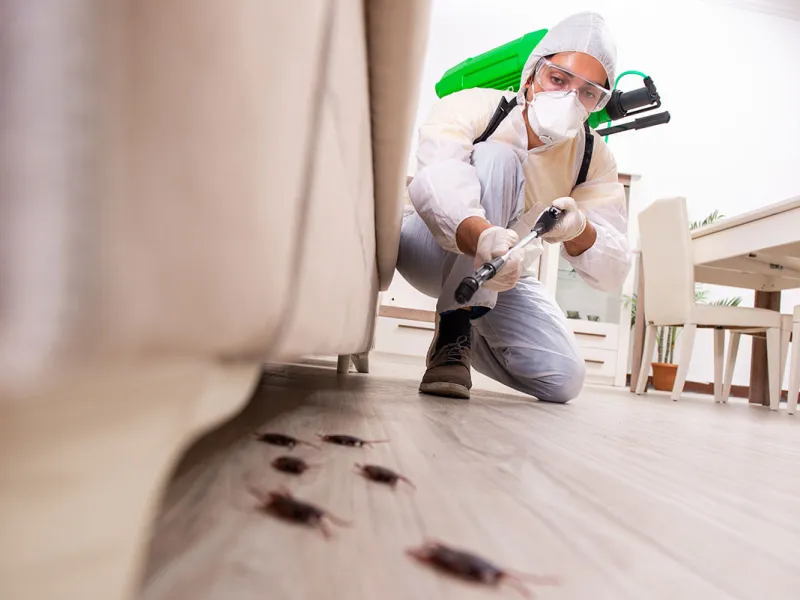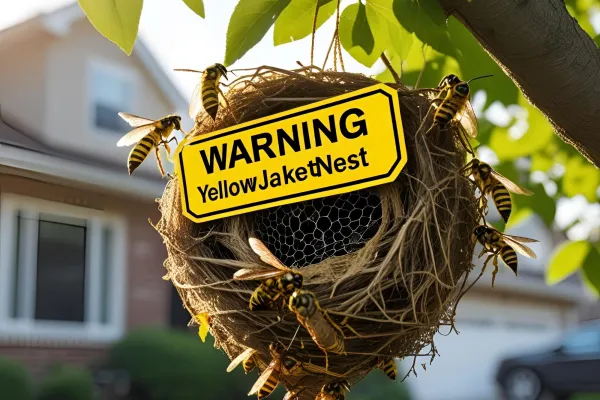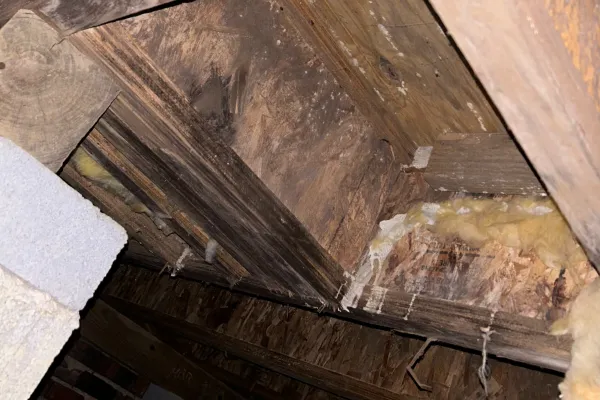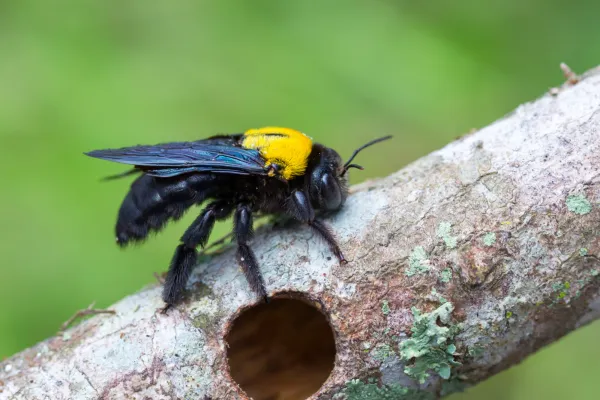Where to Start with Pest Control

So there are bugs in the house. Not good. Having pests can be frustrating and getting rid of them can seem like a never ending nightmare. Here's where to start with home pest control:
1. Identify the pest.
To get rid of any bug or pest, you're first going to need to know what it is. We encourage you to use our pest library to identify the name of the bug or rodent and to learn more about the pest you are dealing with. Look at its appearance and try to visually match it to one of the pests in our library. The library will also tell you if the pest is dangerous to humans.
Common pests in the southeastern United States include house centipedes, spiders, german cockroaches, moths, bed bugs, as well as rodents like mice or rats. The more you learn about the pest in the house, the better you'll be able to get rid of these surprise guests.
2. Remove conditions for survival.
Using the library, learn more about why this particular pest is choosing your home. Identify and change the conditions that are attracting pests to your home. This will help get rid of bugs in your house faster, but it may not eliminate the problem entirely.
There are many common household conditions that could be supporting a bug infestation. The pest library can give you tips on conditions to alter to slow bug population growth. For example, if you have fruit flies, you can clean your garbage disposals, recycling bins, and trash cans to eliminate fruit fly breeding grounds. Cockroaches love to gather around mess, you can tidy up the house and seal off small openings where they could enter. Changes like these don't kill bugs, but they do help keep the bug problem from worsening.
You can also make some general changes to your home to slow pest growth overall. For example, flour cereals and packaged sugary snacks are prime attractors for house bugs including ants and meal moths. Put unsealed food in your pantry in airtight containers and clean all kitchen surfaces. Many other pests come into a house through small cracks and holes in baseboards or other openings. Seal off baseboards in the basement, and remove loose articles of clothing or blankets from the floor and baseboards in closets. Make sure all door and window frames seal properly, too.
3. Call your local exterminator.
You may already be aware of some homemade tips and tricks for killing bugs already in your home, like putting out dish soap mixed with apple cider vinegar to catch and kill fruit flies. However, there are other pests, like bed bugs, that definitely aren't a problem that you can solve with a DIY solution. Even if you have gotten rid of all the pests you can see, it does not mean they are gone for good. In order to fully stop an infestation, pests, their eggs, and their remains need to be properly removed. If you're waiting for pests to naturally die out, you're going to be waiting for quite a while.
Pest removal can be an ongoing issue if it's not done fully and properly at the start. Save time, money, and headaches by calling a professional, like Palmetto Exterminators, as soon as you spot the pest.
4. Prevent future infestations.
After you've gotten rid of pests, check your home every so often to prevent future pest problems. Refer to step 2 and keep the conditions of your home hostile for bug growth. Make sure seals on your windows and door frames are up to par, keep surfaces clean of exposed food, clean up spills that leave traces of sugar on floorboards or counters, and replace cardboard storage with plastic bins. It takes time, but making the extra effort to keep bugs from getting in your home in the first place does pay off!
Whether you've got termites swarming inside the house or ants are parading through your kitchen, the professionals at Palmetto Exterminators will help you eliminate any pest from your home. Take the first steps to a pest-free home and contact Palmetto Exterminators today.


